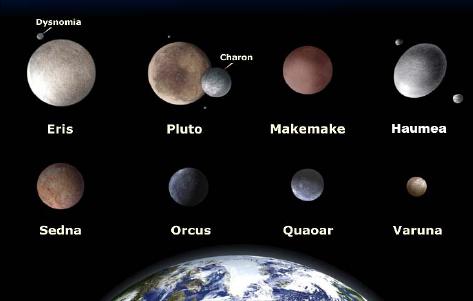
|
|
|
|
December 18, 2009
HPWREN helps Palomar Make the List of the Decade's Top 10 Discoveries By W. Scott Kardel Public Affairs Coordinator, Palomar Observatory, California Institute of Technology Discovery News has put out their list of the Top 10 Discoveries of the Decade and their list of Top 10 Space Discoveries of the Decade. On both lists is the 2005 discovery of the world known as Eris. Knowledge of the existence of Eris, named after the Greek goddess of discord, helped to push Pluto out of the planetary roll call. In 2006, the International Astronomical Union officially proclaimed both Pluto and Eris to be part of a new, non-planet, classification known as "dwarf planets." The discovery was made using the Palomar Observatory's robotic 48-inch Samuel Oschin Telescope by a research team led by Caltech's Mike Brown. The telescope passes its observational data via the High Performance Wireless Research and Education Network (HPWREN). Says Brown "Before HPWREN the data that we took in a single night would take two or three or sometimes four days to finally arrive at our computers in Caltech. We needed instant access to the data so as not to lose the objects that were moving across the sky. The previous solution was to do much of the real-time processing on the mountaintop. Processing was limited, and we could barely keep up with the discoveries. "With HPWREN we were able to transfer data to Caltech in near-real time, analyze data in depth with the facilities on campus, and instantaneously change strategy whenever something new happened. The amount of sky that we were able to effectively search increased by an order of magnitude." The discovery of Eris was made as a part of survey of the outer solar system that resulted in the discovery of many additional worlds that lie beyond the orbit of Neptune in a region known as the Kuiper Belt. |

